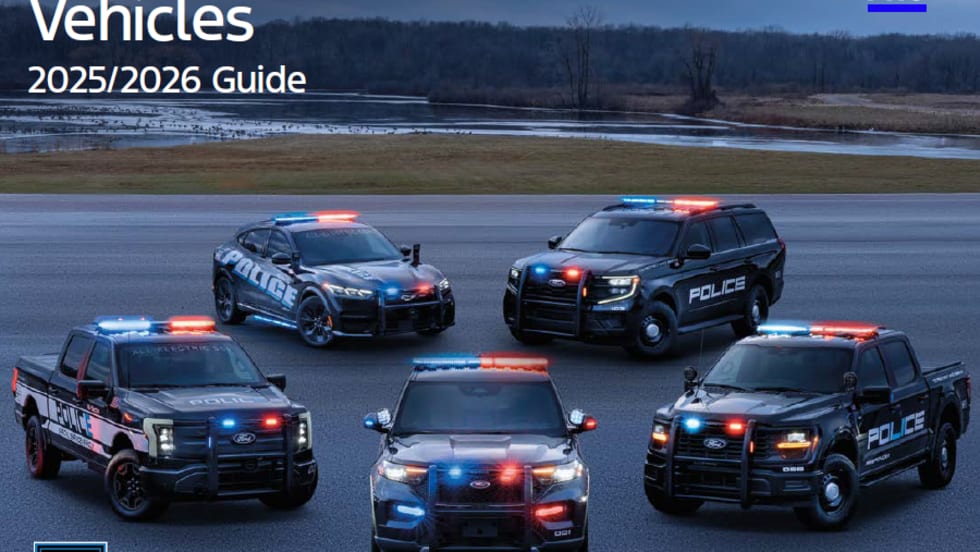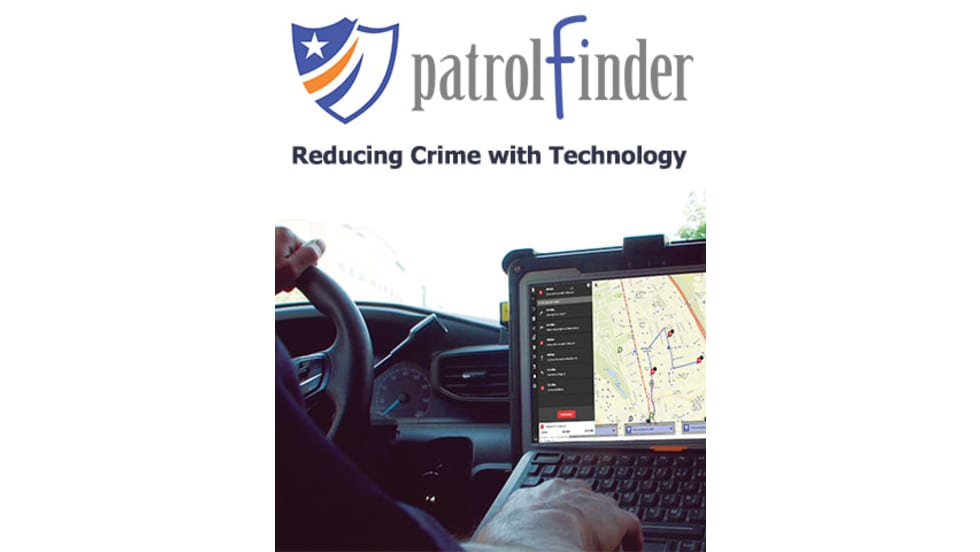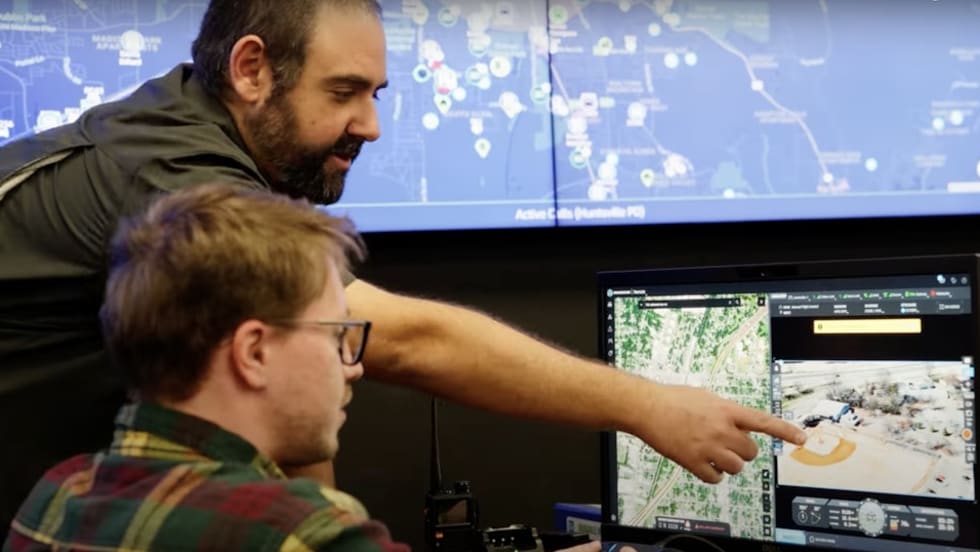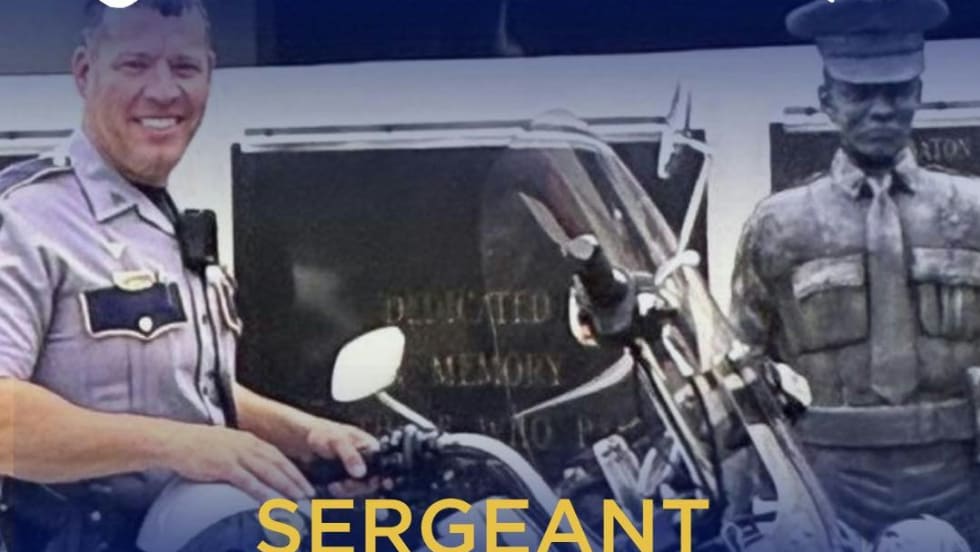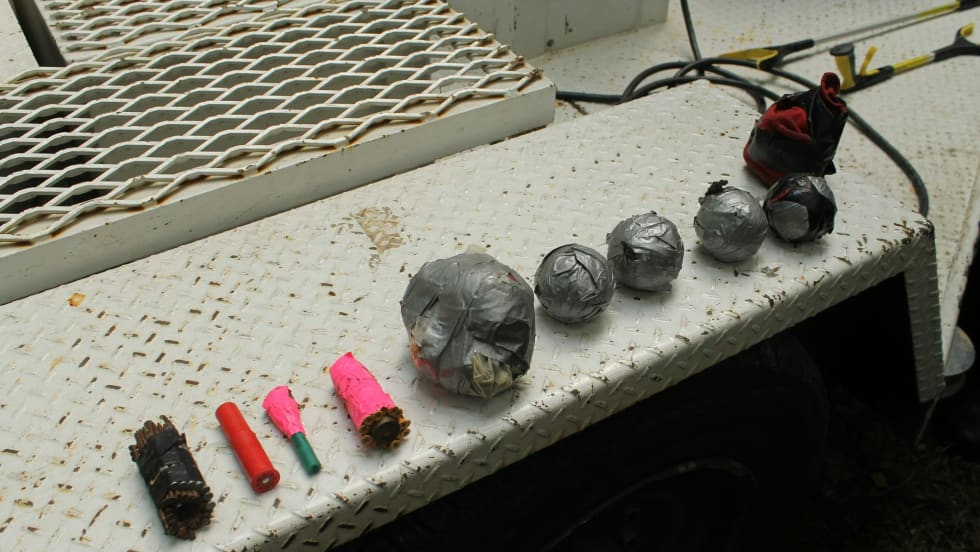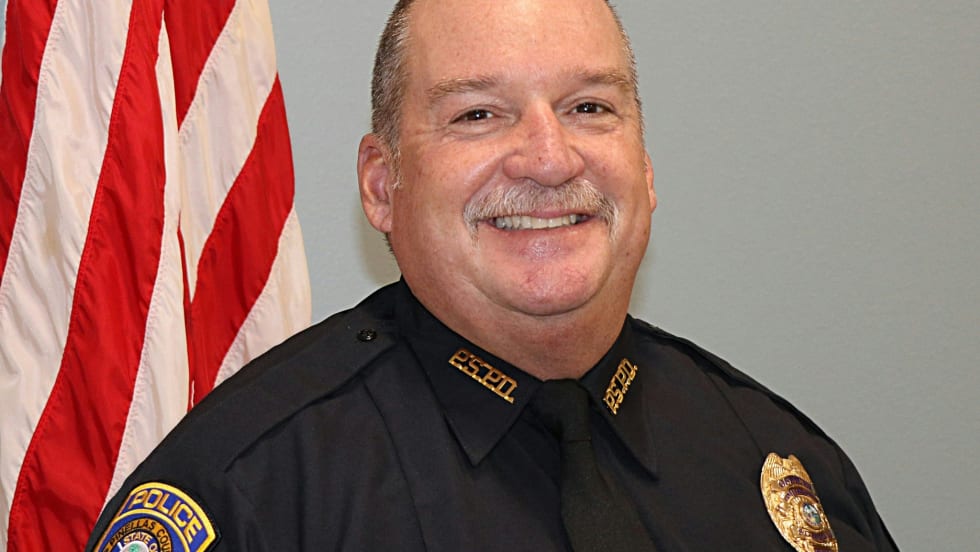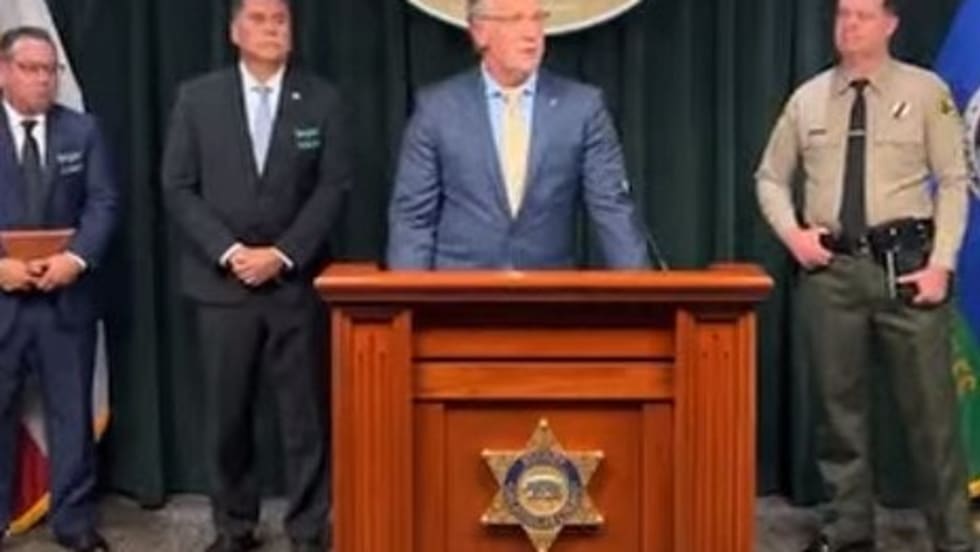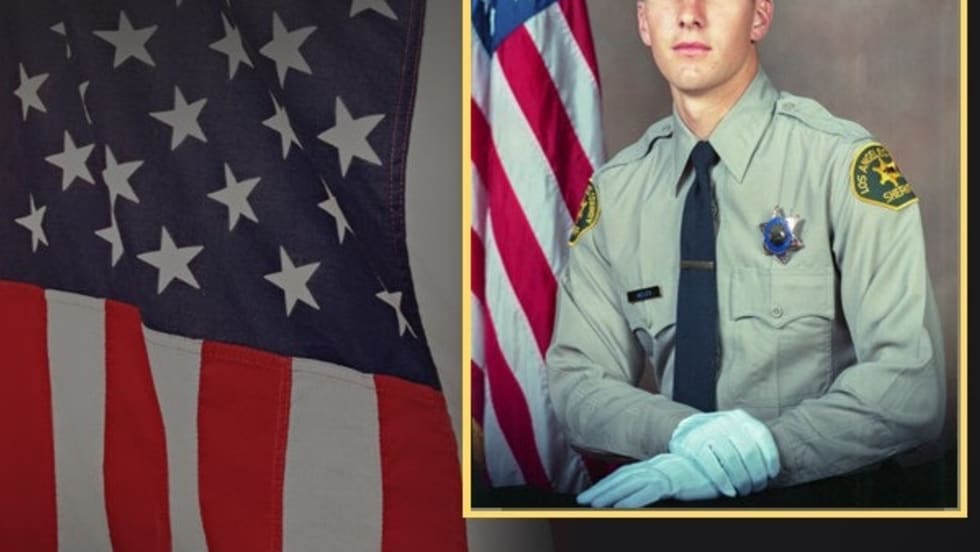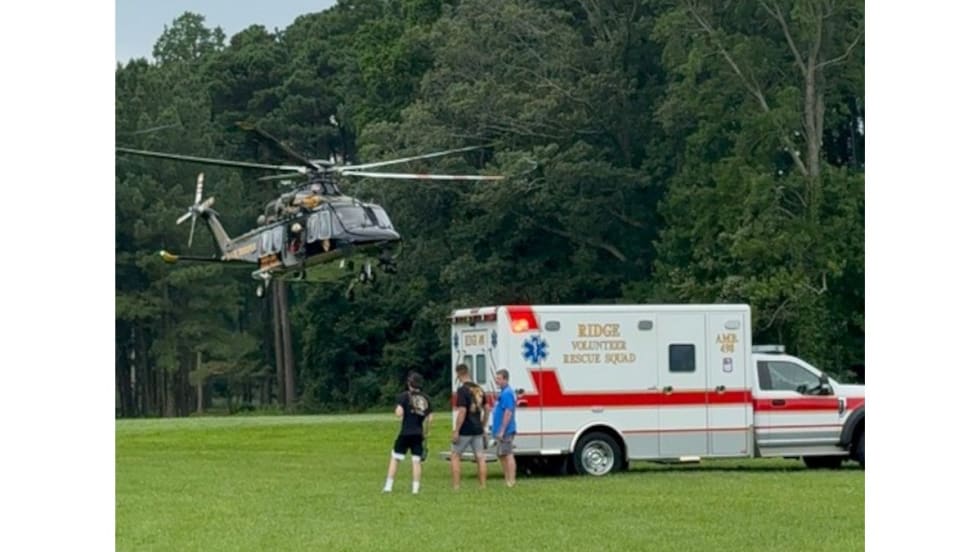Chicago has become the center for many Midwestern black, Hispanic and mixed-race street gangs. There are literally hundreds of different gangs in the Midwest, but most align themselves with either the People or Folk Nations.
The Folk and People alliances were established in the 1980s and are not aligned along traditional racial boundaries. The alliances contain black, white and Hispanic street gangs, and the two nations are bitter rivals. One street gang may commit violent acts as a form of revenge while another gang uses violence to expand a drug business. "Consequently, street gangs and the crimes ... they engage (in) cannot be viewed as monolithic in nature," according to Carolyn and Richard Block, of the U.S. Department of Justice.


